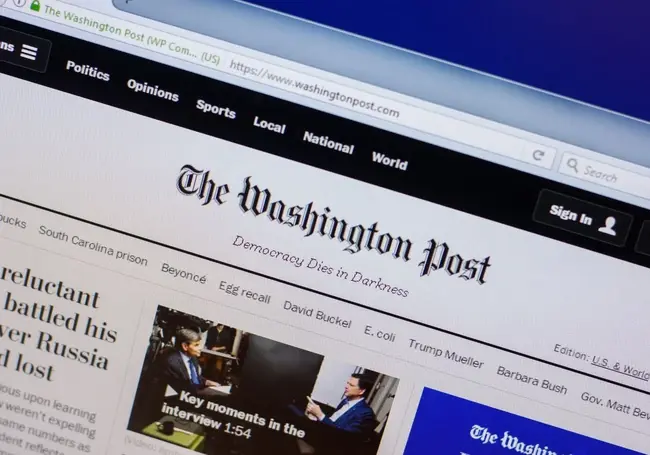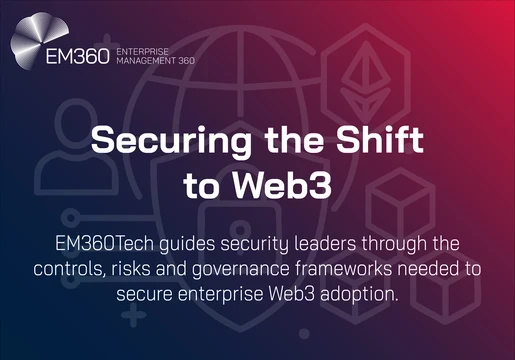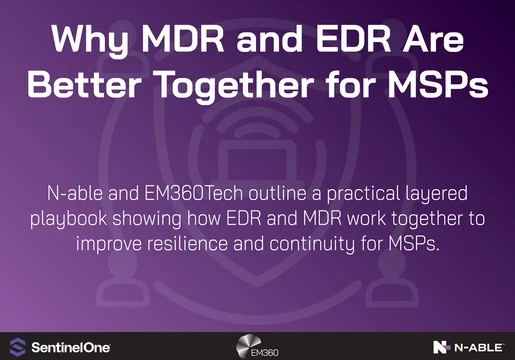The Washington Post is investigating a cyber attack on several email accounts of its journalists.
An email distributed to employees by Matt Murray, the Executive Editor, confirmed that the attack was discovered on Thursday, June 12, 2025 and the paper was under immediate investigation.
The full scope of the attack is still under investigation; however, staffers at The Washington Post have been told that the cyber attack had compromised journalists' Microsoft accounts. This is likely to have granted access to work emails.
The cyberattack specifically targeted reporters covering sensitive areas, including members of the national security and economic policy teams.
The Wall Street Journal, which first reported the cyber attack, stated that it was potentially the work of a foreign government.
China's Foreign Ministry has stated that China firmly opposes and combats all forms of cyberattacks in response.

Response to The Washington Post Cyber Attack
As a precaution all employees across The Washington Post have had their passwords reset.
As the incident investigation is still ongoing it is likely that we will hear more further reports on the exact techniques used by the attackers, such as phishing, malware, or zero-day exploits.
While initial reports from The Wall Street Journal and other outlets have speculated about the involvement of a foreign government it will take further investigation for any real confirmation.
We will also likely hear more on The Washington Post's comprehensive incident response, likely involving employing external cyber security experts.
Organisations typically bring in specialized firms for forensic analysis, incident containment, and long-term security architecture improvements, particularly in cases involving suspected nation-state actors, due to their specialized knowledge and resources.
Read: Taiwan Cyber Attacks Doubled in 2024, Report Cites Chinese Cyber Force
Early reports indicated data breach currently contained to affecting journalists exclusively and it not expected to impact any consumer facing systems.
Attacks such as these highlight the importance of remaining vigilant in the face of advanced cyber security threats.
Practicing good cybersecurity hygiene is essential across any size of organisation. This goes beyond merely installing antivirus software and includes foundational practices such as strong, unique passwords, mandatory multi-factor authentication, regular security awareness training for all employees, and prompt patching of software vulnerabilities.
"The breach of journalist email accounts at the Washington Post carries a significant risk for follow up attacks. Access to journalists’ email accounts provides valuable intelligence for criminals to craft further phishing messages or impersonation attempts which can target colleagues, or other high-value individuals. The use of AI by the bad actors means that these attacks are almost impossible to discover and all too easy for the victim to interact with.
The exposure of routine communications heightens the risk of social engineering, regardless of whether deeper systems were compromised. That’s why strong cyber hygiene is critical. Organisations should regularly audit who has access to sensitive accounts and ensure teams are trained to spot suspicious activity and behavioural anomalies.
We must recognise that these threats don’t end with the initial intrusion. Attackers can sit quietly on stolen information, waiting to exploit it later. Sometimes this occurs weeks or months after the event. Follow-up campaigns may appear highly credible, using details harvested from earlier correspondence. Therefore, vigilance is vital. In incidents like this, the true impact may emerge over time, not immediately.” Richard Orange, VP EMEA at Abnormal AI told EM360Tech.
It is no longer enough to respond to cyber threats; proactive strategies, such as the zero trust model, must be implemented.
This approach operates on the principle of "never trust, always verify." This means it assumes that no user or device should be trusted by default, even if it is inside the organisation.
Every access attempt must require strict verification and authorisation in order to reduce the attack surface.







Comments ( 0 )